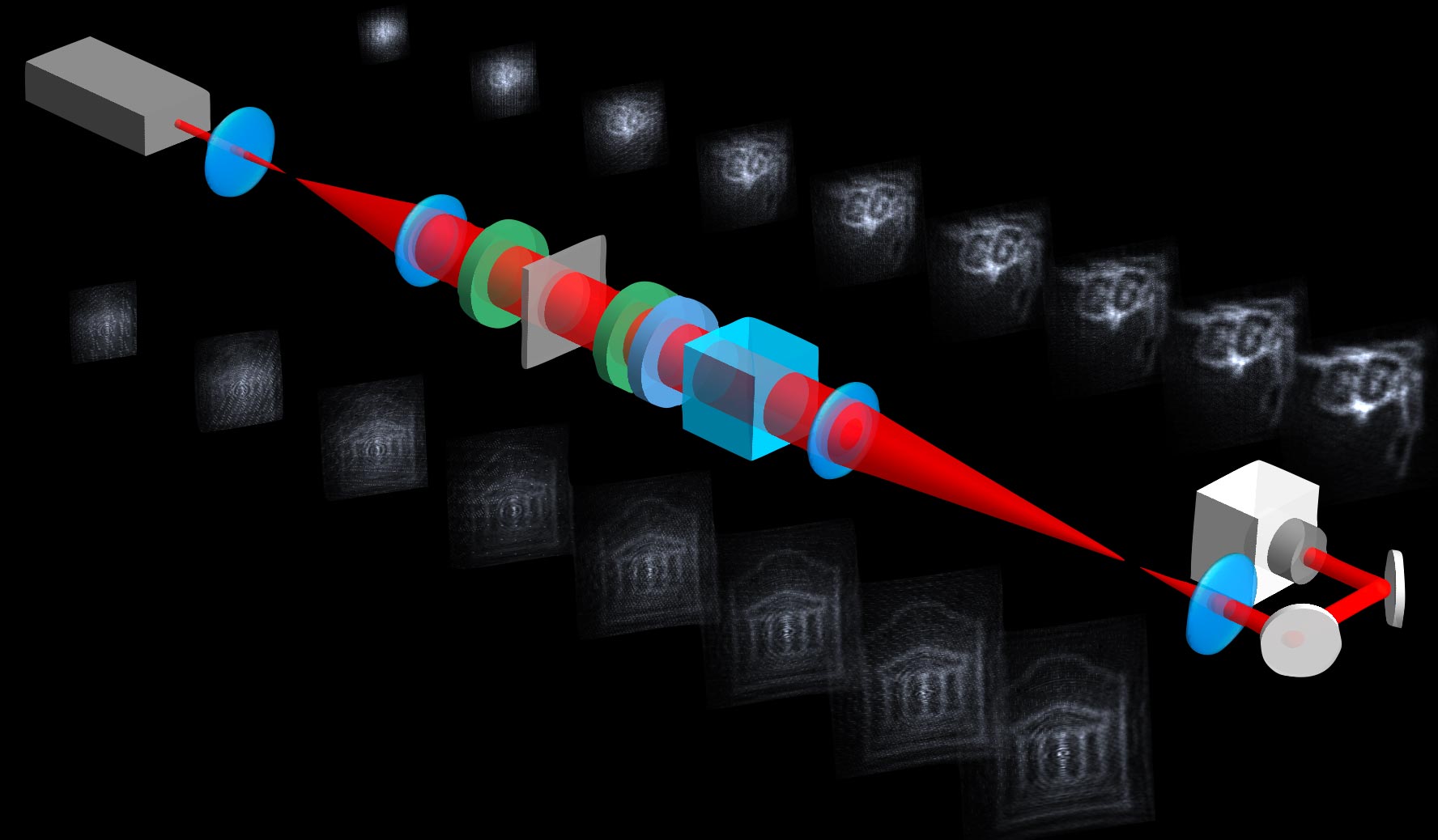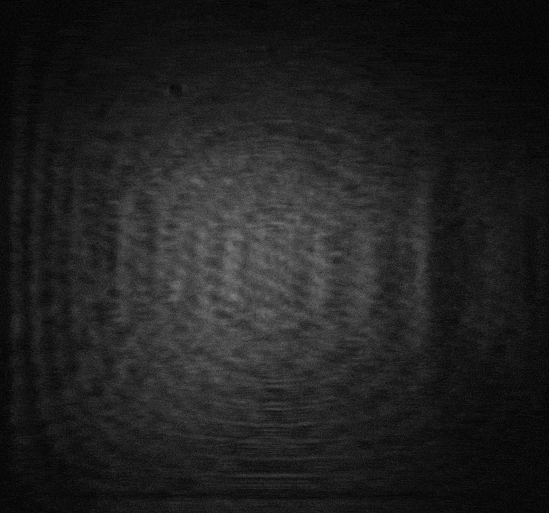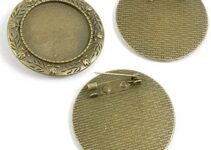Researchers have used liquid crystals to create magic windows that produce a hidden image when light shines on them. Credit: Felix Hufnagel, University of Ottawa
Researchers Create Flat Magic Window With Liquid Crystals
For the first time, scientists empolyed liquid crystals to construct a flat magic window — a transparent device that produces a hidden image when light shines on it. The technology represents a novel twist on a very old light trick.
Thousands of years ago, artisans in China and Japan made bronze mirrors that looked like regular flat mirrors while viewing one’s reflection but generated another image when illuminated by direct sunlight. It took scientists until the early 20th century to figure out that these devices work because an image cast into the back of the mirror creates small surface variations that cause the image to form – and it took engineers until now to apply the same principle to liquid crystals for high-tech displays.
“The magic window we created appears perfectly flat to the naked eye but, in fact, has slight variations that create an image in response to light,” said research team leader Felix Hufnagel from the University of Ottawa. “By designing the window to be relatively smooth, the image that is created can be seen over a large range of distances from the window.”
In Optica, Optica Publishing Group’s journal for high-impact research, Hufnagel and colleagues describe the process they developed for creating transparent liquid crystal magic windows that can produce any desired image. The process can also be used to create magic mirrors that reflect, rather than transmit, light to create an image.
The magic windows the researchers created appear perfectly flat to the naked eye but, in fact, have slight variations that create an image in response to light. The video shows the intensity distribution smoothly evolving from the input beam profile to the desired image pattern. Credit: Felix Hufnagel, University of Ottawa
“Using liquid crystals to make magic windows or mirrors could one day make it possible to create a reconfigurable version for producing dynamic artistic magic windows or movies,” said Hufnagel. “The ability to obtain a long depth of focus could also make the approach useful for 3D displays that produce stable 3D images even when viewed from different distances.”
Creating magic with liquid crystals
Although scientists have understood for decades that the ancient bronze magic mirrors formed images as a result of small surface variations, it was not until 2005 that Michael Berry, a mathematical physicist at the




